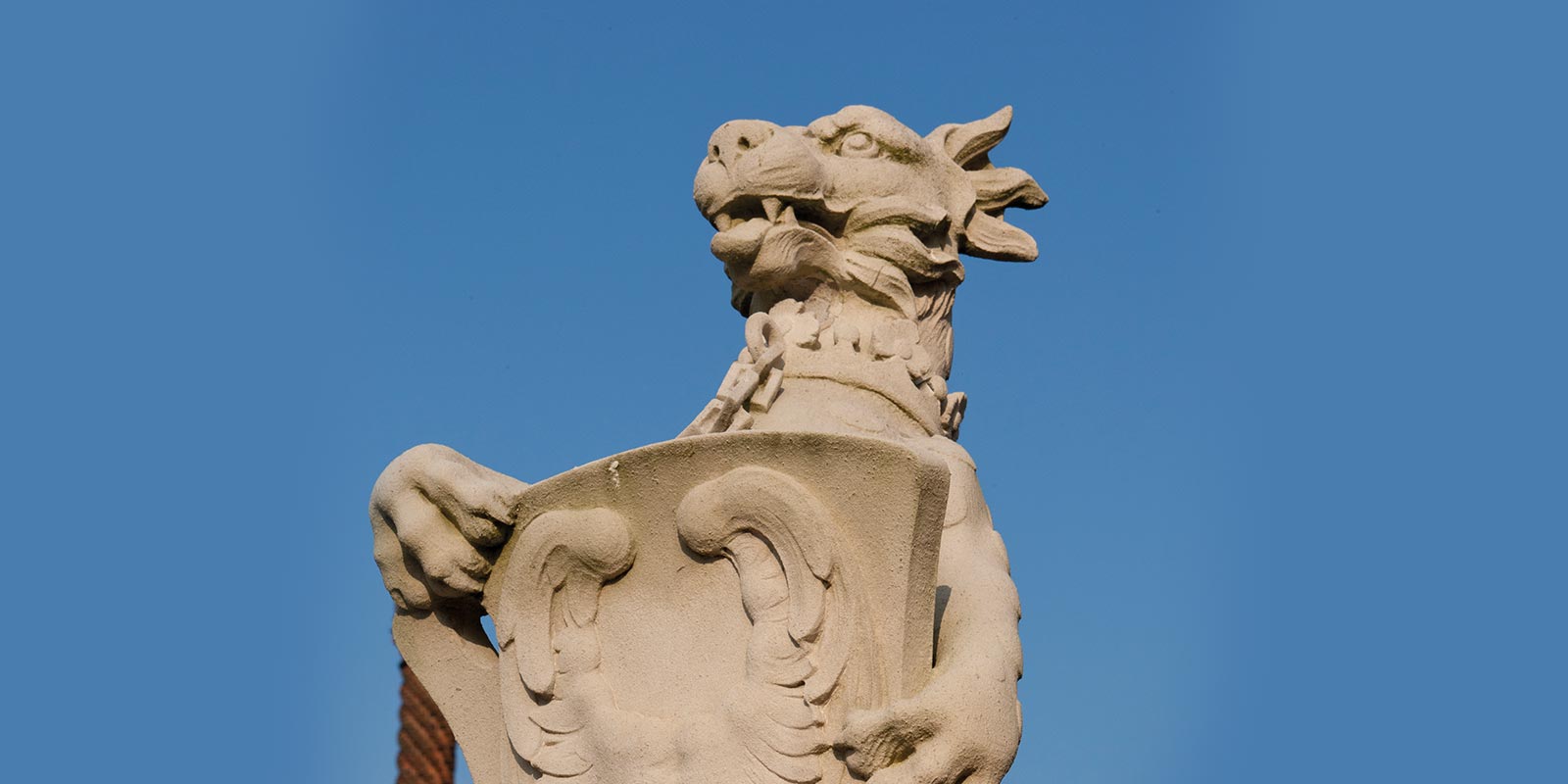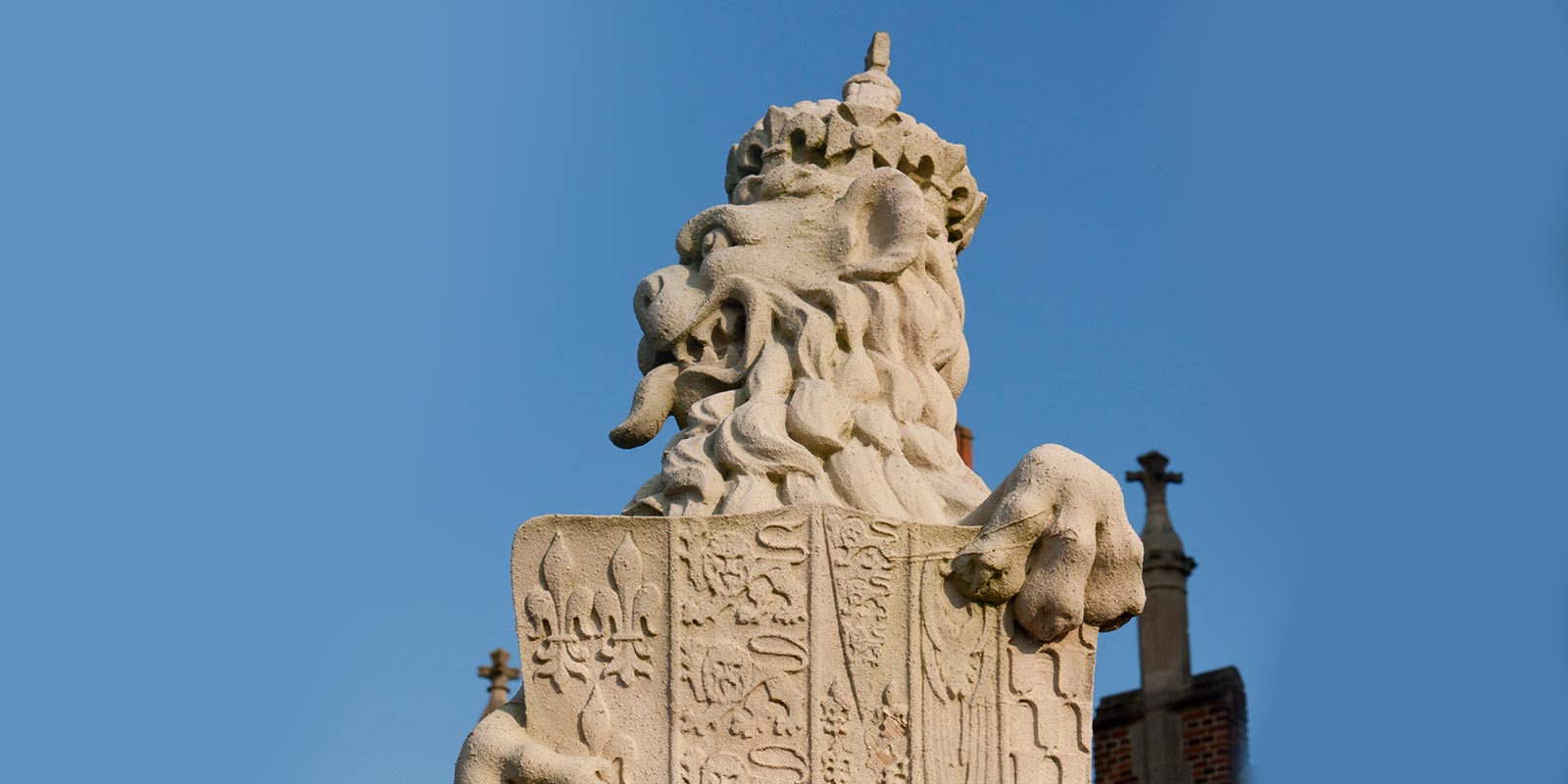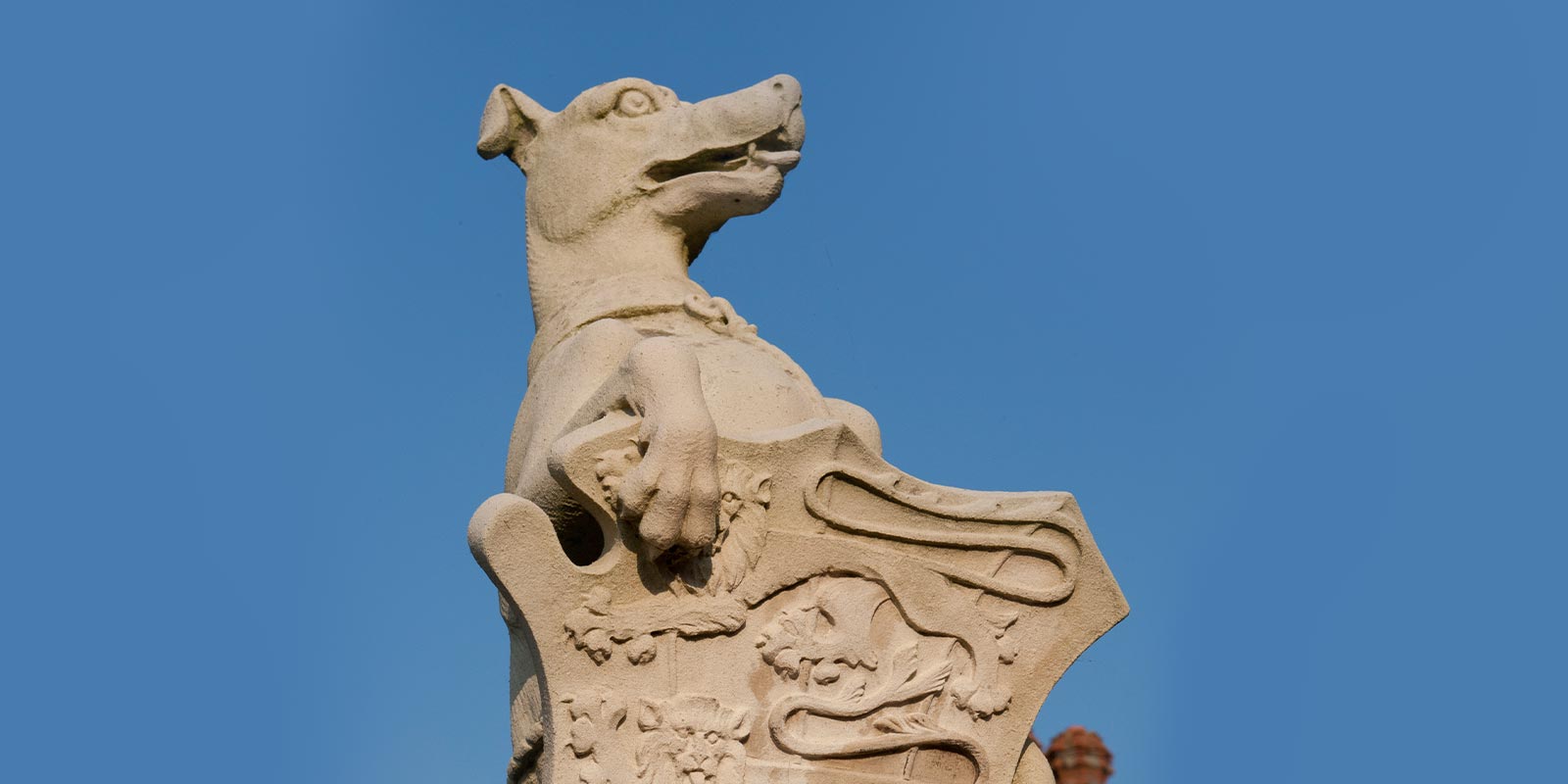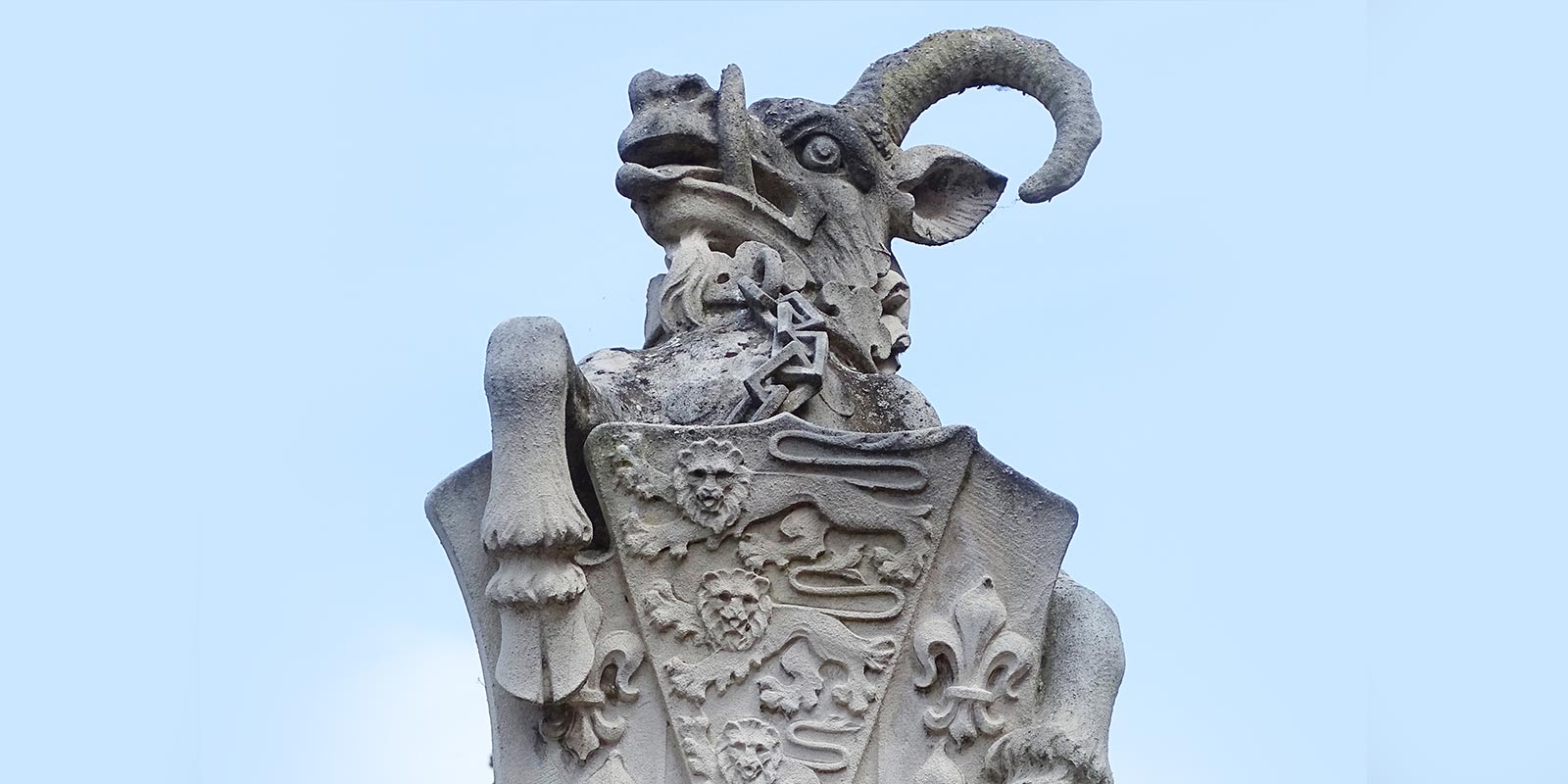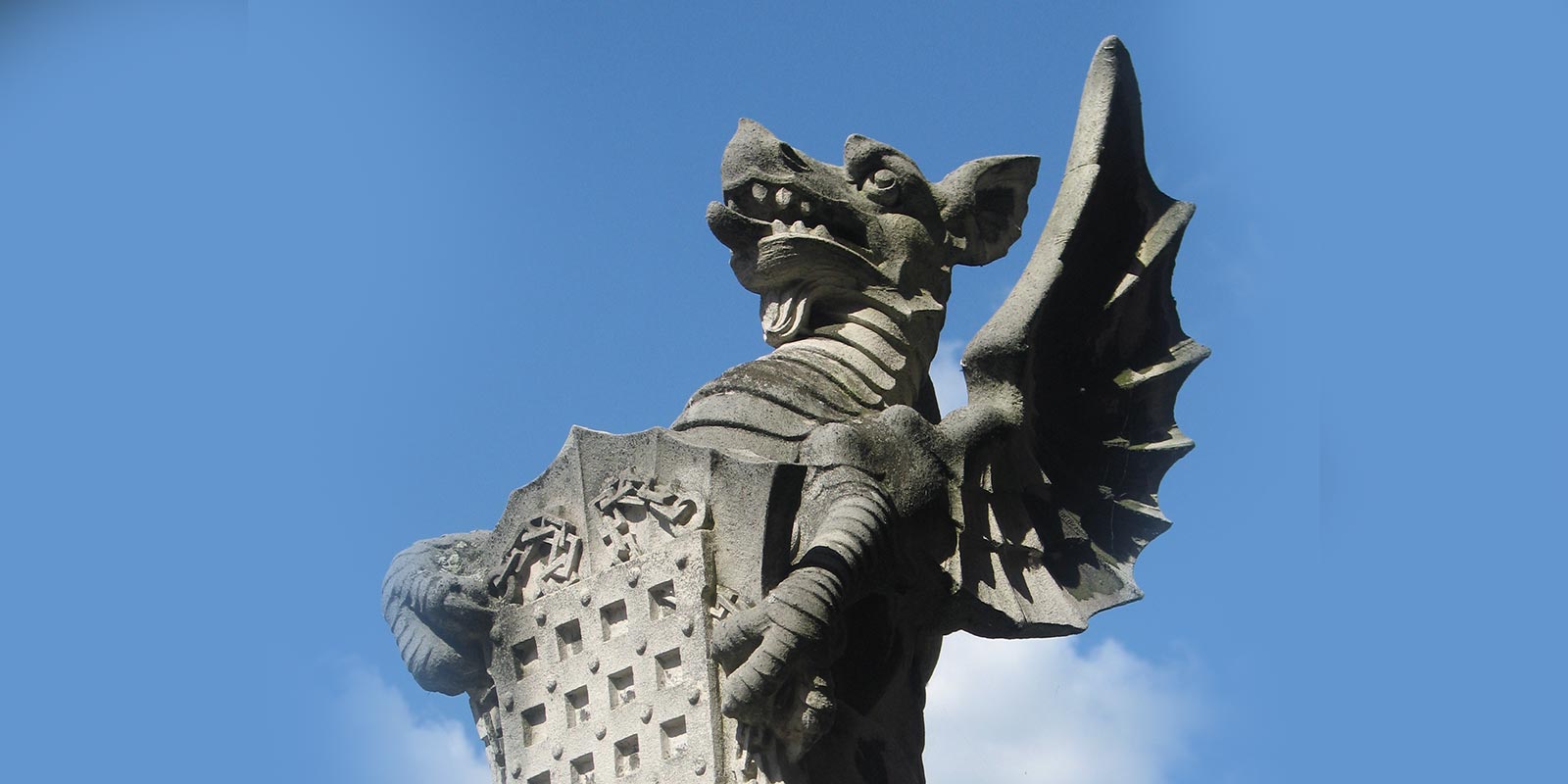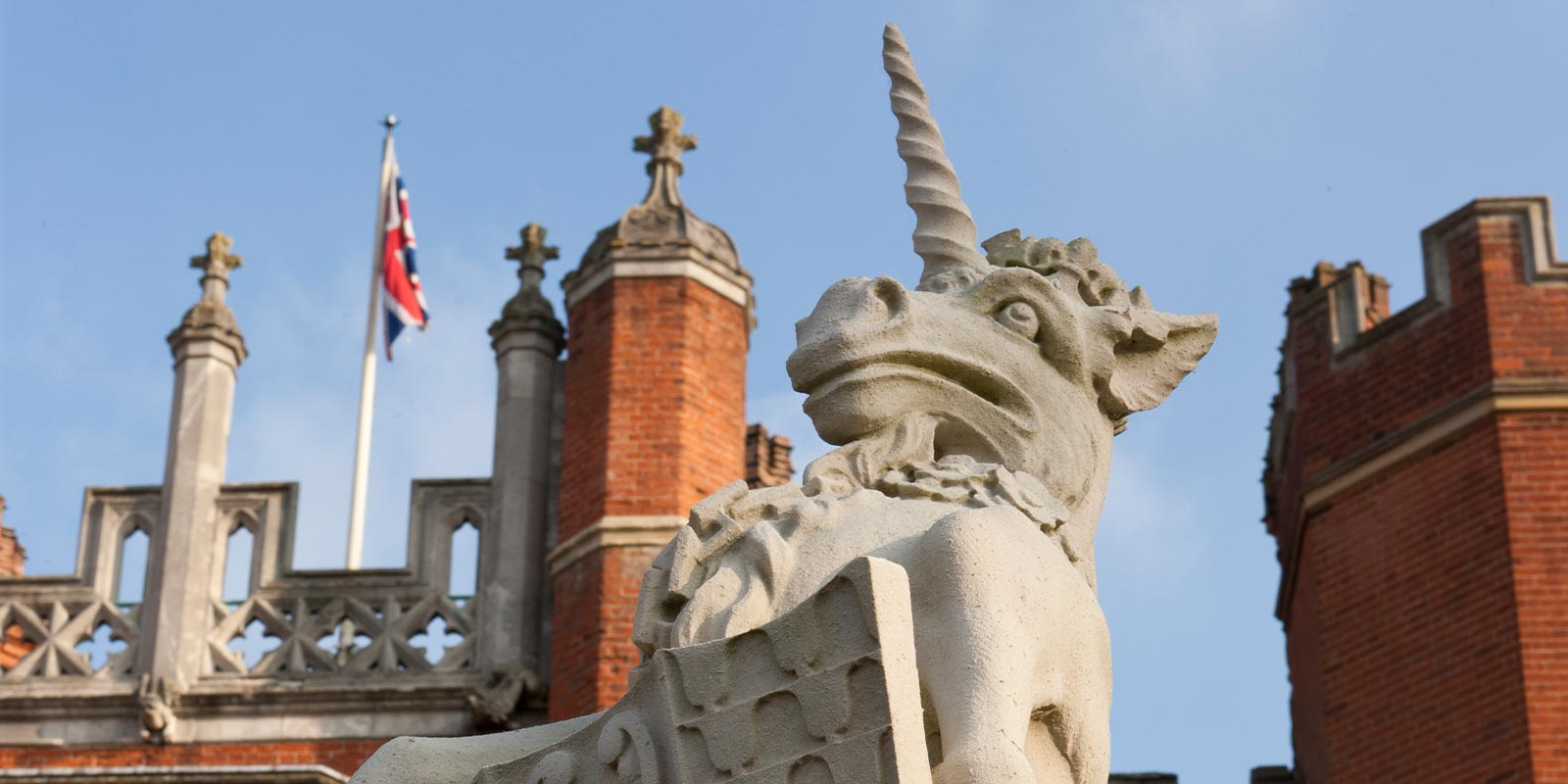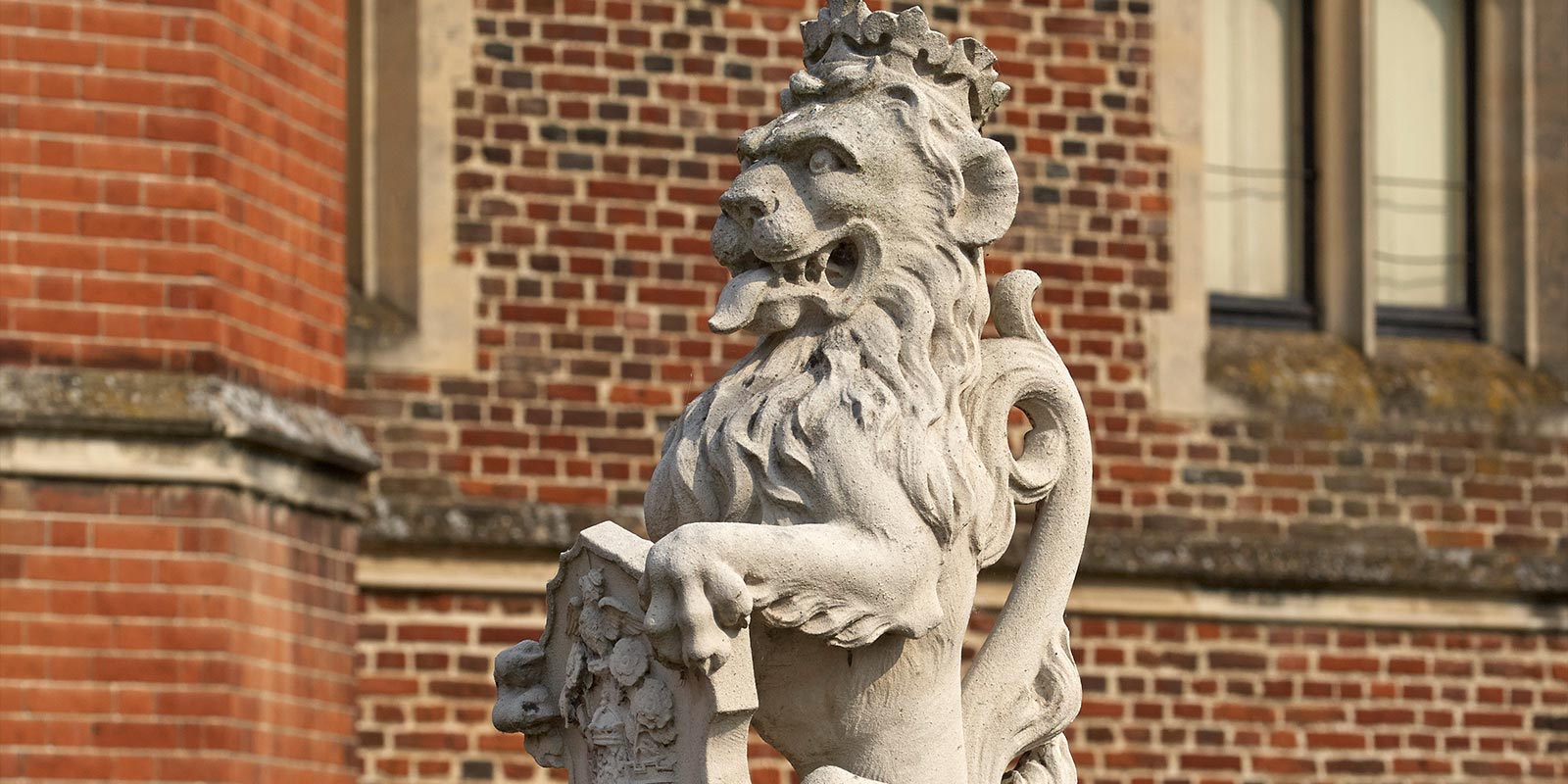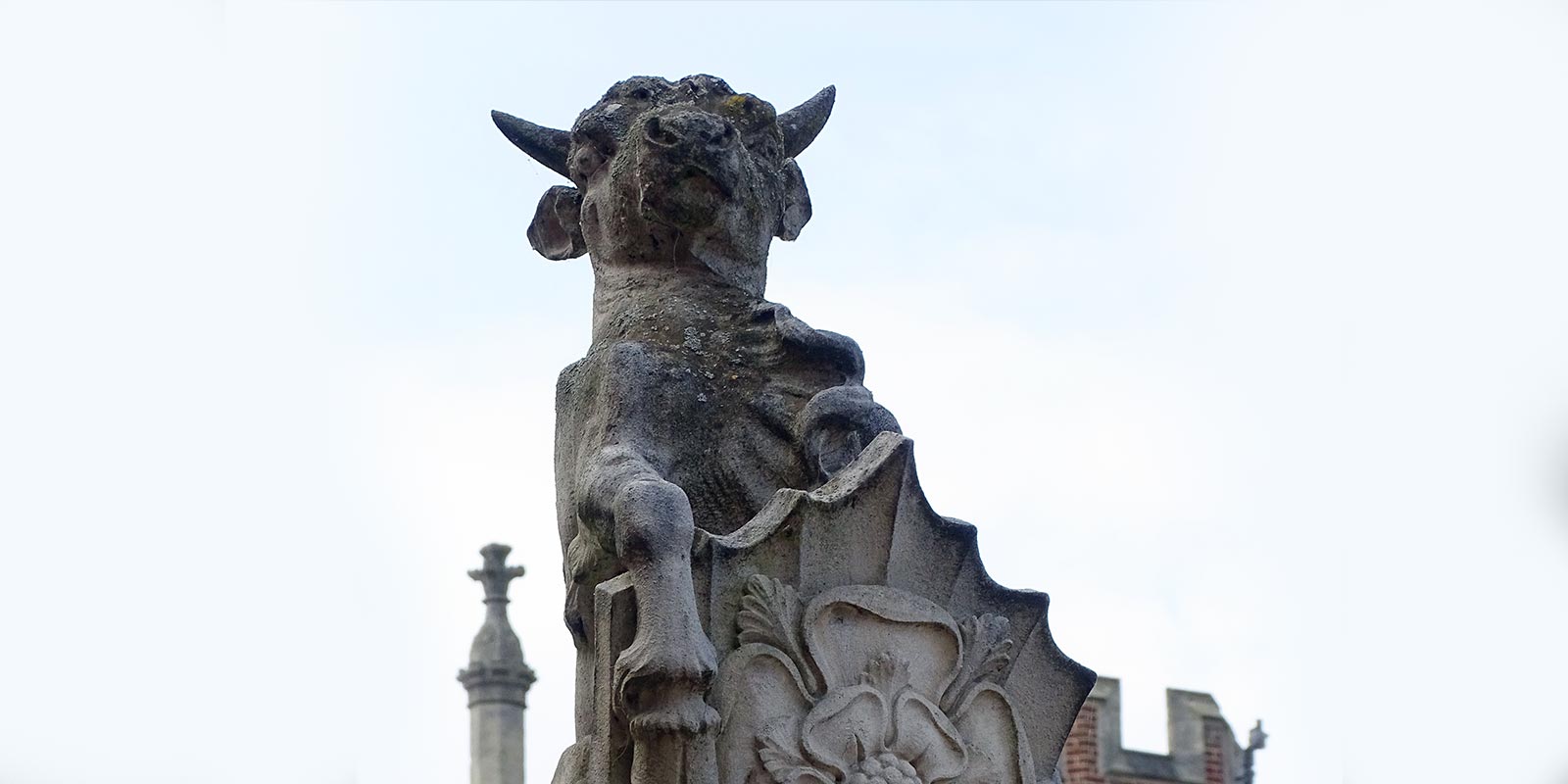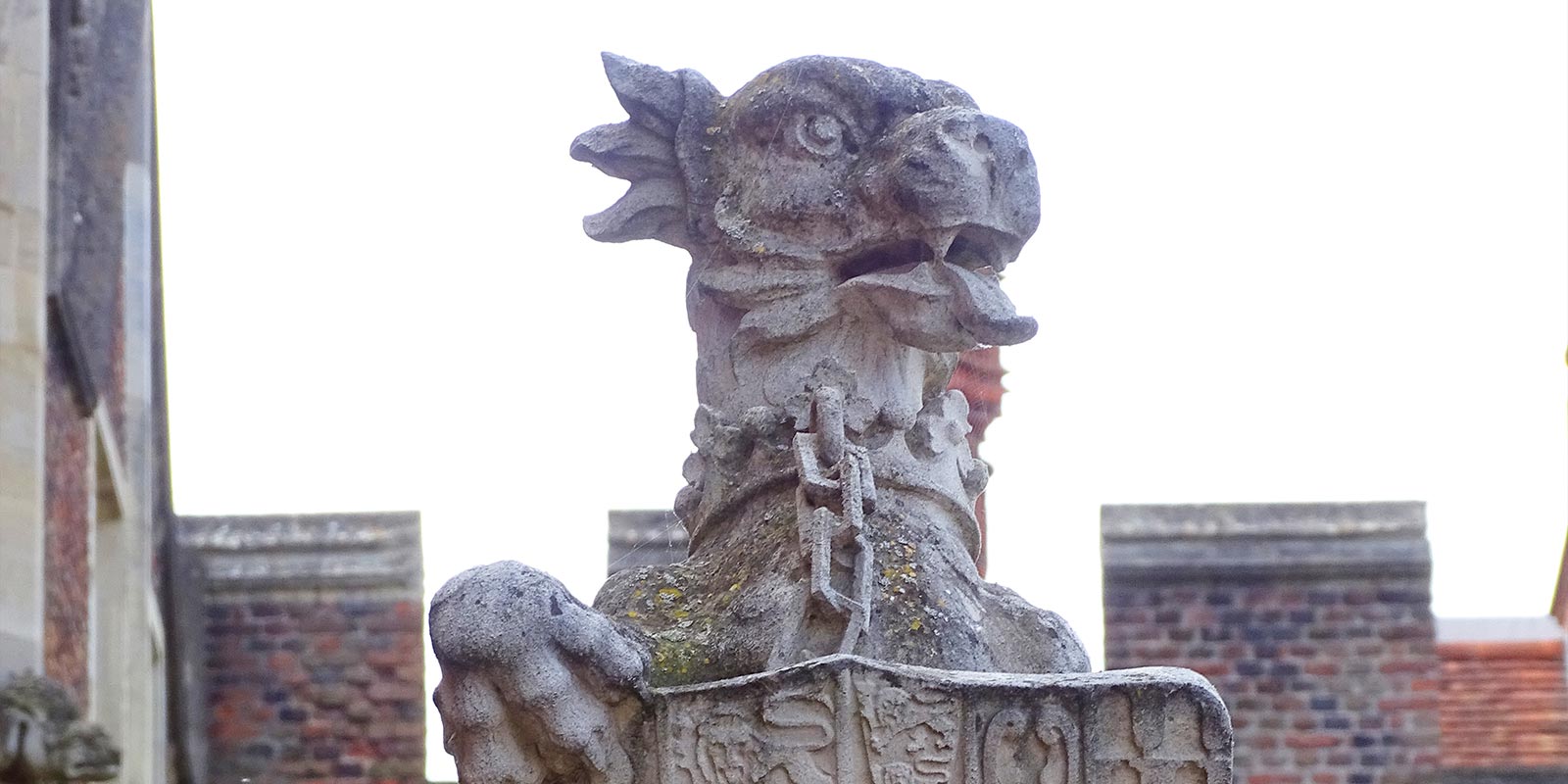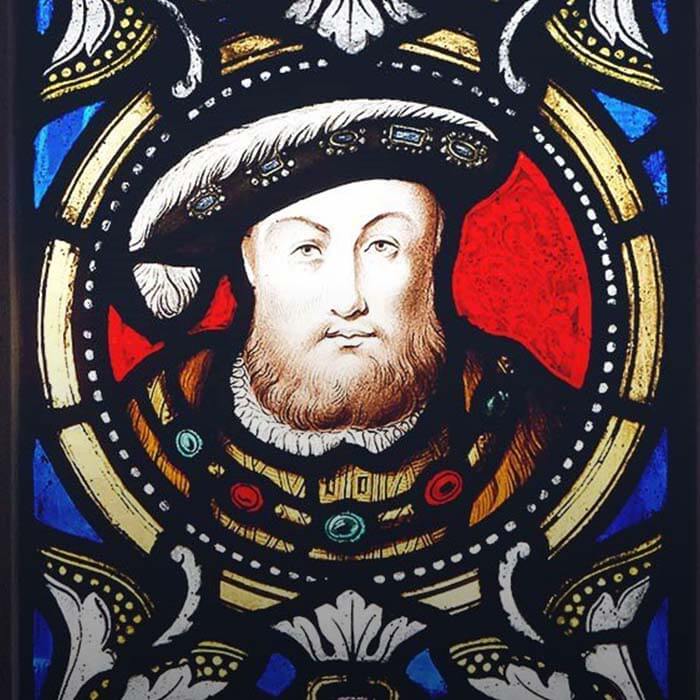When the House of Lancaster overcame the House of York following the Wars of the Roses, a formidable dynasty was born. Henry VII, following his matrimonial union with Elizabeth of York to unite the houses, was keen to emphasise the legitimacy of his reign. He looked to the medieval tradition of heraldry to display motifs and symbols wherever possible, reinforcing his rightful position on the English throne to his subjects as well as rival claimants.
Henry VIII continued his father’s commitment to legitimising the Tudor dynasty. One such place that heavily features heraldic symbols is Hampton Court
Palace – one of the king’s most famous residences and a place he used for pleasure and celebration.
Ten stone beasts line the Moat Bridge, representing the lineage of Henry VIII and his third wife, Jane Seymour. Consisting of real beasts and mythical creatures, we are honouring these heraldic symbols of one of the nation’s most powerful dynasties with The Royal Tudor Beasts Collection.
THE ROYAL TUDOR BEASTS

© Historic Royal Palaces 2021 Produced under licence from Historic Royal Palaces Enterprises Limited

